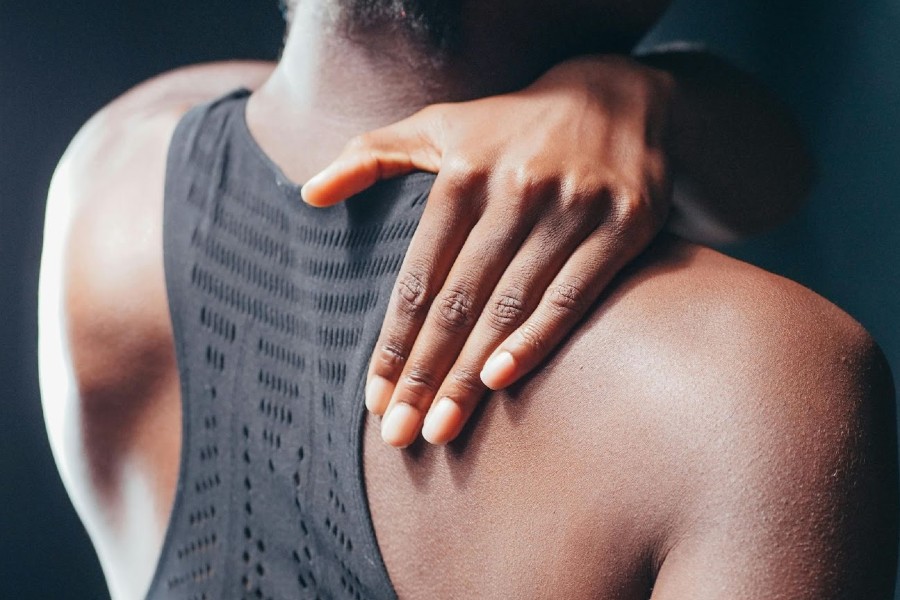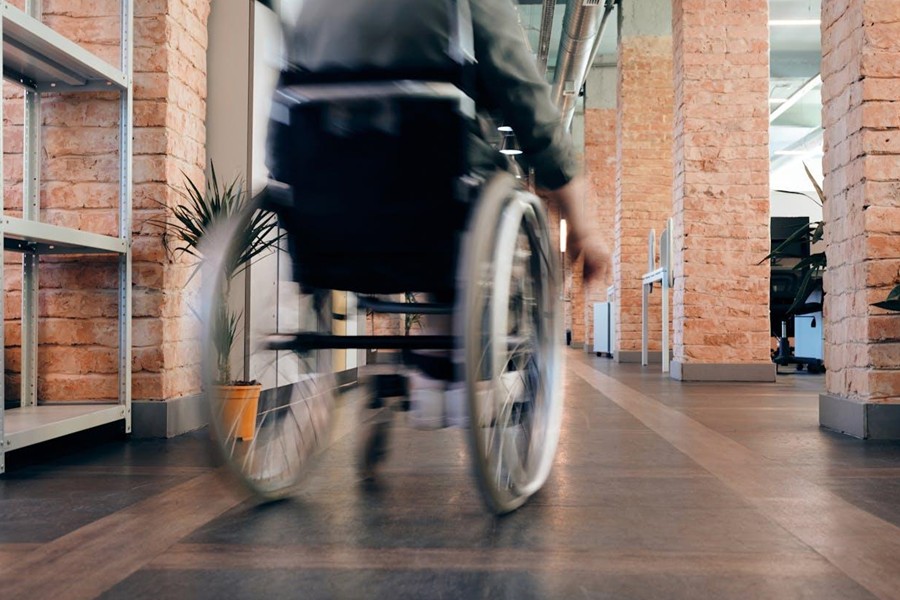
By Bretton Love
Sports injuries are a common occurrence among athletes of all levels, from professional to recreational.
Whether it’s an ankle sprain, knee ligament tear, or shoulder dislocation, these types of injuries can result in lost playing time and even permanent damage if not treated properly. Physical therapy is often the key to successful sports injury rehabilitation as it helps athletes regain strength and mobility while minimizing potential complications. Here are some ways physical therapy can help athletes safely and effectively rehab from an injury.
1. Orthopedic Surgery
In some cases of sports injuries, orthopedic surgery may be necessary to repair and reconstruct damaged tissues. If this is the case, it’s essential that athletes begin physical therapy as soon as possible in order to speed up their recovery process. Physical therapists will tailor a rehabilitation program for each patient based on their injury type and level of activity. According to SportsMedTexas, physical therapy after orthopedic surgery can include manual therapy techniques such as massages and joint mobilizations to reduce pain and improve the range of motion. When combined with regular rest periods, this type of therapy can help athletes return to full functionality more quickly after an injury or surgery.
2. Sports-Specific Rehabilitation
Sports-specific rehabilitation helps athletes to regain their ability to safely and effectively perform their sport. It is important for the physical therapist to understand how the athlete normally participates in their sport as well as any changes that have occurred due to injury or pain. Through an assessment of movement patterns, muscle strength, and balance, a sports-specific program can be developed to meet the specific needs of the individual athlete.
The goal of this type of rehabilitation is not only to return the athlete back to sports performance but also to prevent further injury. To achieve this, exercises are typically progressed in difficulty while mimicking the demands placed on each joint during athletic participation.
3. Preventative Measures
Physical therapy can also help to prevent sports injuries. The physical therapist will assess the athlete’s physical capabilities and limitations, as well as their current strength and range of motion. Based on these assessments, the physical therapist can suggest exercises to improve flexibility, core strength, balance, coordination, and proprioception. These exercises can help an athlete be better prepared for physical activity, reducing the risk of injury.
Additionally, they may also advise on proper warm-up techniques prior to the activity and cool-down strategies afterward. If an athlete has a history of injuries, the therapist may suggest specific exercises to target areas that are vulnerable to injury.
4. Return-to-Activity Protocols
Once the physical therapist has worked with the patient to reduce pain and improve function, they develop a return-to-activity protocol. The aim of this step in the rehabilitation process is to ensure a safe and successful return to play. This involves gradually increasing activity as tolerated by the athlete, while also monitoring for any recurrence or worsening of symptoms. Depending on the severity of the injury, physiotherapists may use modalities such as ultrasound or electrical stimulation to help reduce inflammation and promote healing before returning to full activity.
Additionally, they will work with coaches and trainers to provide specific instructions for exercises that can be used as part of an athlete’s warmup routine prior to training sessions or games.
5. Education and Support
Physical therapists provide education and support to help athletes return to their sport. After a full assessment is complete, physical therapists will create an individualized plan of care specific to the athlete’s injury. This care plan will then be discussed with the athlete in order to explain how it can be used to reduce pain, increase strength, and restore movement. The therapist will also educate the athlete about injury prevention strategies such as proper form and technique as well as warming up and cooling down correctly.
Finally, physical therapists are there to provide emotional support for athletes during rehab by listening, encouraging, and motivating them through challenging times. It’s important for athletes to know they are not alone during this process, as physical therapists can help them safely and effectively recover from their injuries.
Physical therapy plays an important role in the successful rehabilitation of athletes who have sustained a sports injury. Whether it is orthopedic surgery, sports-specific rehabilitation, preventative measures, or return-to-activity protocols, physical therapists are well-equipped to aid in the healing process.
Furthermore, they can provide education and support to help athletes understand how to manage pain and gain the confidence they need to safely return to their sport. Ultimately, physical therapy can help athletes get back in the game faster and stronger after an injury.
- Arizona: Unstoppable Special Screening With Jerome, Cheadle And Robles And More
- Embracing The Takeout Trend: Thanksgiving Dining Reimagined
- The Fabulous Claremont Inn: Harlem’s Lost Palace Of Gilded Age Splendor, 1804 – 1950’s
- The Impact Of AI-Driven Political Software On Maximizing Fundraising Efficiency
- Sponsored Love: Luxury Villas In Dubai For Families, What To Look For
Become a Harlem Insider!
By submitting this form, you are consenting to receive marketing emails from: . You can revoke your consent to receive emails at any time by using the SafeUnsubscribe® link, found at the bottom of every email. Emails are serviced by Constant Contact









